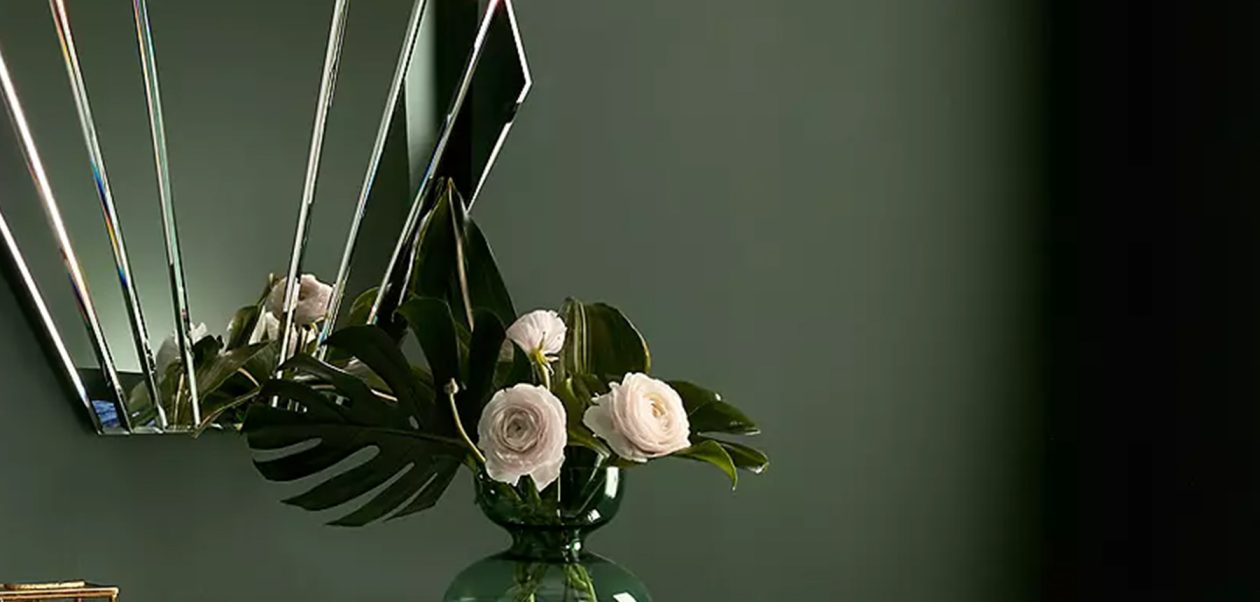Introduction
Wabi Sabi is a Japanese philosophy that celebrates the beauty of imperfection and transience. It has deeply influenced Japanese aesthetics, art, and culture, and has recently gained popularity in the Western world as well. In this article, we’ll explore the essence of Wabi Sabi style, its history, and its characteristics.
Origins of Wabi Sabi
Wabi Sabi has its roots in Japanese Zen Buddhism, which emphasizes mindfulness, meditation, and the acceptance of impermanence. Wabi Sabi emerged in the 15th century in Japan as a reaction to the grandeur and excesses of the aristocratic culture. It was embraced by artists, poets, and tea masters who sought to create a more humble, natural, and simple aesthetic.
Definition of Wabi Sabi
Wabi Sabi is a compound word consisting of “wabi” and “sabi.” Although both words have complex meanings, they are often used together to describe a particular aesthetic that values the imperfect, incomplete, and irregular.
Wabi can be translated as rustic simplicity or quietude. It refers to a way of life that is humble, unadorned, and in harmony with nature. Sabi, on the other hand, means beauty or serenity that comes with age or wear. It celebrates the beauty of objects and spaces that have acquired character, patina, and history.
Combined, Wabi Sabi is a philosophy of finding beauty in imperfection, transience, and the natural cycle of growth and decay.
Characteristics of Wabi Sabi Style
The Wabi Sabi style is often characterized by the following qualities:
- Asymmetry: Wabi Sabi objects are often asymmetrical, irregular, and imperfectly formed.
- Simplicity: Wabi Sabi values the simple, humble, and unpretentious. It avoids excess, flamboyance, and ostentation.
- Natural Materials: Wabi Sabi objects are often made of natural materials, such as wood, stone, clay, and paper. These materials are valued for their roughness, texture, and imperfections.
- Patina: Wabi Sabi objects are prized for their patina, the marks and signs of use and wear that give them character and soul.
- Suggestion: Wabi Sabi leaves things incomplete or suggestively incomplete, inviting the viewer to use his or her imagination to fill in the gaps.
- Transience: Wabi Sabi values the ephemeral, fleeting, and transient. It celebrates the beauty of things that come and go, such as the changing seasons, the passing of time, and the impermanence of life.
- Quietness: Wabi Sabi creates a sense of tranquility, calmness, and inner peace. It avoids noisy, chaotic, and cluttered environments.
Examples of Wabi Sabi Style
Wabi Sabi can be found in many forms of Japanese art and culture, such as:
- Tea Ceremony: The Japanese tea ceremony, or “Chanoyu,” embodies the spirit of Wabi Sabi. It celebrates the beauty of the humble tea room, the simple utensils, and the imperfect tea bowls.
- Ikebana: The Japanese art of flower arrangement, or “Ikebana,” is often done in a Wabi Sabi style. It emphasizes natural materials, asymmetry, and the use of empty space.
- Pottery: Japanese pottery, or “Yakimono,” is highly valued for its Wabi Sabi qualities, such as the use of natural materials, asymmetry, and the beauty of the firing process.
- Zen Gardens: The famous rock gardens, or “Karesansui,” found in Zen temples, are a quintessential expression of Wabi Sabi. They embody simplicity, asymmetry, and the celebration of emptiness.
- Haiku: The Japanese poetry form of “Haiku” is often written in a Wabi Sabi style. It emphasizes the beauty of the natural world, transience, and brevity.




